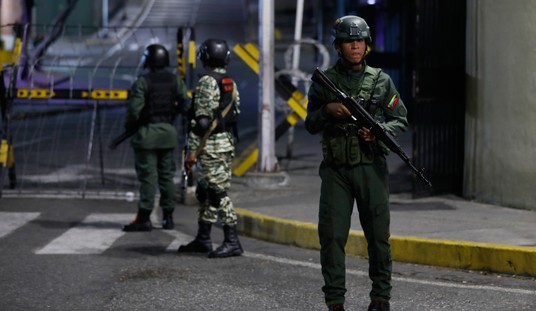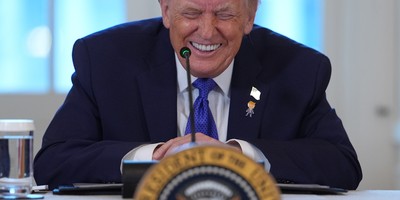Out of nowhere, the Islamic State (a.k.a. ISIS or ISIL) sprung up from what some experts called the “junior varsity team”; an now it is one of the world’s richest terrorist organizations. This begs the question, how did they start operations so quickly: part venture capital, part old-school gang tactics and a dollop of luck? Following the flow of cash to ISIS, many think the “seed money” or “angel funds” came from rich “investors” in Sunni dominated countries such as Saudi Arabia and Kuwait. The second round of funding came from Al-Qaeda, foreigner-born suicide members, and local sympathizers.
Once operations were up and running, the initial day-to-day funding was facilitated by the use of those old-school gangster tactics: shakedown of local merchants, taxing transportation at impromptu crossings, etc.
However, it was three developments that delivered big-time Windfalls:
- Ransoms included a reported $18 million for four French hostages, a big windfall, though not consistent
- One-time looting of the Central Bank of Mosul yielded up to $490 million dollars
- Vast amounts of daily income generated from oil fields: $1.2 million from Iraq and $2.0 million from Syria; roughly up to $100 million monthly.
Right now, sources think ISIS generates $6 million a day from oil, wheat, taxes, ransoms, and even donations, and controls up to $2.0 billion in assets. What concerns me the most is the cash flow and where ISIS is banking. In recent years, America has fined western banks billions of dollars for violating several laws including, the Bank Secrecy Act and the Trading with Enemy Act. ISIS is banking somewhere, and I pray it is not with a foreign bank that has access to funds from the Federal Reserve.
| Banking with the Enemy | ||
| Lloyds2009 | Libya/ Sudan/ Iran | $350 million |
| Credit Suisse2009 | Iran | $536 million |
| Barclays2010 | Cuba/ Libya/ Iran Sudan Burma | $298 million |
| HSBC2012 | Iran/ North Korea | $1.9 billion |
| ING2012 | Cuba/ Saudi Arabia | $619 million |
| BNP2014 | Sudan/ Cuba | $8.9 billion |
Recommended
While we track down the money angle, there has to be a greater commitment to bombing in order to kill and destroy, rather than surgical strikes that are not taking out entire buildings. Last night, President Obama told CBS 60 Minutes that he underestimated ISIS, but our "responsible" countermeasures are already coming up short. For now, I do not see ISIS influencing the market, but if the town of Kobane on the Syrian-Turkey border falls, start to worry, as that would be devastating

























Join the conversation as a VIP Member